An important part of understanding my brews is understanding that I rarely mulligan. I keep most hands with between 2 and 5 land and I keep a fair number of 1 and and 6 land hands as well.
To give you an idea
Here are some keeps from my recent Challenge with my Simic Turtle Frog deck that I think many would have mulliganed. In this Challenge I played 16 games and never mulliganed.
I was on the draw. Got Thoughtseized Turn 1 and drew a tapped land. Won the game.
On the play, drew a Caryatid and ended up working out great.
On the draw against Rakdos Vampires, won.
On the play, Game 1. This one was a bad keep, required drawing both a land and a three drop to be good. Lost me top 8 and definitely an example where my strong bias to keeping can cause me to misplay.
Why I don’t Mulligan
Priors from Sealed
Before Pioneer came out I exclusively played Limited and was a Sealed specialist. One of the secrets to being a high level Sealed player was basically never mulliganing.
So many sealed games boiled down to card advantage and the one of the surest ways to come out ahead on card advantage is to not give up a card at the start of the game. (Note: this may have changed since with current card design and the new mulligan rules).
So through playing Sealed my playstyle developed as one where I rarely mulligan.
In this article I talk about the importance of continuous reinvention as a brewer.
However, there are some things that are so deep set in your brain that you are better off saying “I am not changing X about my game and instead I’m going to figure out how to turn that into a strength”.
That is the place I have landed with mulligan’s and I do believe I am one of the best brewers of low mulligan decks.
I believe in the “Heart of the Cards”
This is a trick I learned from a combo of the Yu-Gi-Oh TV Show and Marie Kondo’s The Life-Changing Magic of Tidying Up: I believe there is nothing that wants me to win more than my deck does.
Because of that, if I keep a hand that only needs one card to pull it together I believe my deck will provide me that card. When you work from that premise it massively expands the range of keepable hands.
Pioneer is a Thoughtseize Format
I had the idea for this article when I was listening to a recent episode of Constructed Criticism where they were discussing the “rules of engagement” of Pioneer. One of the key points they made is that Pioneer is a Thoughtseize format and you need to evaluate your deck in terms of how well it fairs in the face of a turn one Thoughtseize.
This is a great framing. I haven’t run the numbers, but it seems reasonable to think your long term average is a around quarter of the decks you face in Pioneer will be Thoughtseize decks and plenty of times, like in the current meta, that number is higher.
What is the standard advice against a Thoughtseize deck: Don’t Mulligan. So what if you take that a step further and don’t mulligan before you know what deck you are playing against. I think that makes sense given the high odds you will be facing a Thoughtseize deck.
Then the next logical extension is if you are planning on avoiding mulliganing Game 1, how do you build a deck that does not need to mulligan.
You can afford to run tempo cards
One of the ways I have had success with Simic is using Fading Hope to make up for Simic’s overall lack of creature interaction.
Knowing that I do not tend to give up card advantage via mulliganing means that I have card advantage I can work with elsewhere in the game. That enables me to run cards like this that are clear trade offs of efficient tempo advantage for card advantage.
You can run more one-of “sideboard” cards in the main
At some point I will write an article on how you should be running more one-ofs. I think in particular it is worth looking to run one-ofs in the main of cards that are typically seen as sideboard cards.
The risk is they are low impact for a particular matchup. But that one-of Pick Your Poison in the main can be huge Game 1 against Vampires.
If you mulliganed and then draw a one-of sideboard-y card that is low impact, you are in bad shape. But if you started with 7 you are likely fine because you have plenty of other cards to make something happen with.
How to brew low mulligan decks
Do not rely on a specific curve sequence
I have never successfully brewed a Llanlowar Elves + Elvish Mystic deck, despite them being two of the six most powerful cards in the entire format.
That’s because I do not tend to mulligan and the elves really want a player who mulligans to turn 1 elf, so you can get that powerful 1 to 3 jump that the elves enable.
My curves will tend to be fairly “dense” and flatter.
If you visually compare the curve of my UG Turtle Frog Ramp list to the main ramp deck in the format Mono-G the difference is clear.
UG Turtle Frog
Source: MTGGoldfish Stats Page
Mono-G Devotion
Source: MTGGoldfish Stats Page
And that even undersells the story, because I run a bunch of cards that can be played for different costs to help increase this density. Fae of Wishes can be played on two or on four. Glasspool Mimic can be played as a land or cast as a creature.
The goal for me is to not be dependent on specific sequencing because I am not planning on mulliganing to find that sequencing.
This helps explain why I am such a fan of Reckoner Bankbuster. That card is perfect for filling out your curve by always giving you something to do in two mana increments. Creating that density of curve that I am looking for.
Run a ton of land
My Turtle list is an 80 card deck that runs 39 land (counting the Glasspools). In addition, 4 of those lands are Arid Archways which essentially draw a land when they enter. It also has 4 Caryatid, 4 Clifftop Lookout, and 4 Outcaster Greenblade which all act as mana sources or find more land.
This list is at the extreme end, but I tend to run a lot of lands in my decks. The times you are most likely to have to mulligan are when you do not have land or only have one land, the surest fire way to fight that is to run more lands.
The exception to this is if you are running a deck with a lot of one mana draw, because that draw allows you to find land, so you can keep one landers much more often in those kind of decks. Phoenix is the classic example of this, but you can see it in my Sultai Beanstalk list where I run 19 lands but also 12 one mana cantrips.
Run a bunch of selection
If you are going to be running a bunch of lands then you need to run a lot of selection to avoid flood.
Also, if you are not going to be crafting your hand via the mulligan, you need to craft it by the selection your cards provide.
The premier card on this front is Fable of the Mirror Breaker.
But, I am always keeping my eye out for cards that may be able to fill this selection role. That is part of what has drawn me to the desert package.
Outcaster Greenblade is a threat. That provides me a land to ensure I hit my land drops. And then the land it finds has Surveil providing me the selection I need to find more gas.
Conclusion
None of this is to say that this is the one right way or to brew or how you should brew. I have decided to specialize in brewing decks that do not mulligan often.
It is working for me and I think helps me attack the format in different ways from others. Part of being a brewer is figuring out your own styles that work for you.









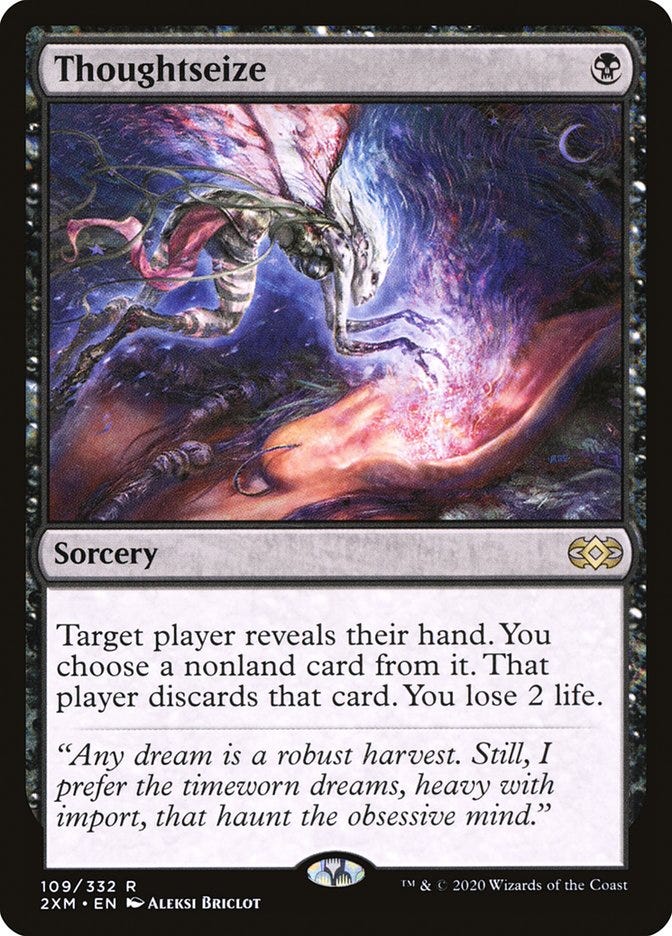
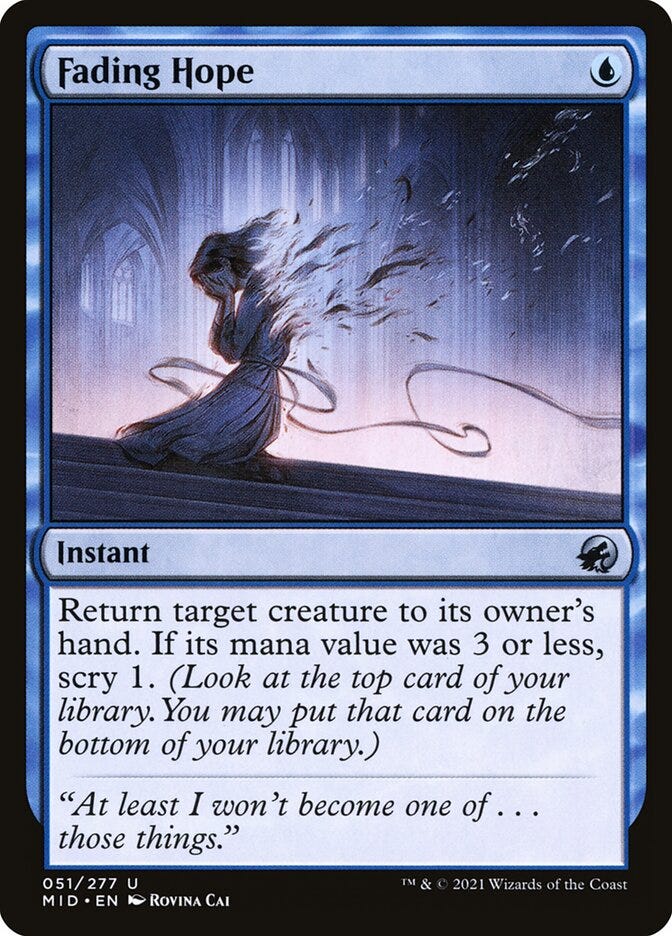
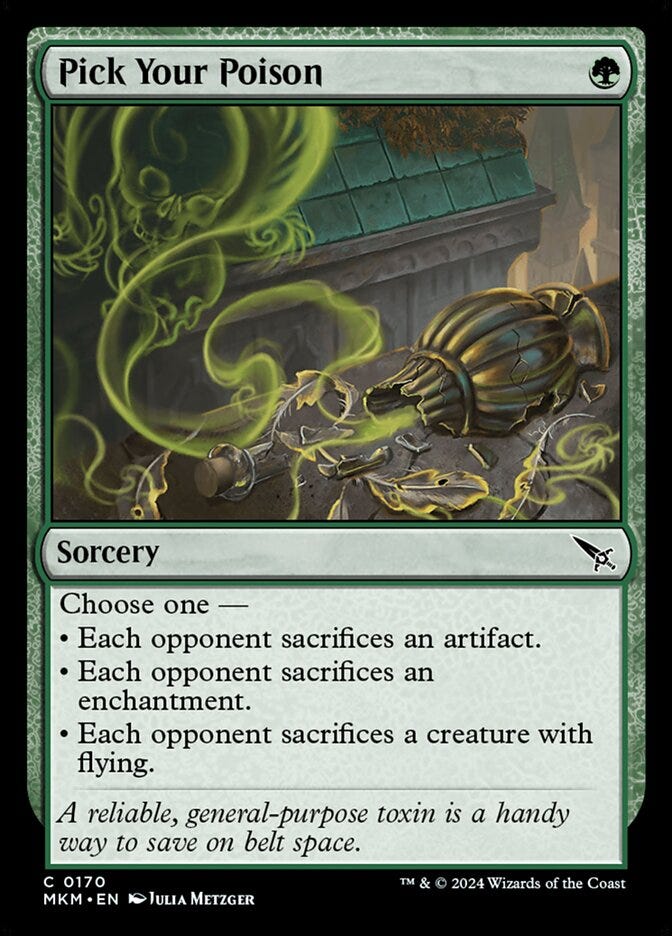


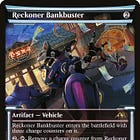

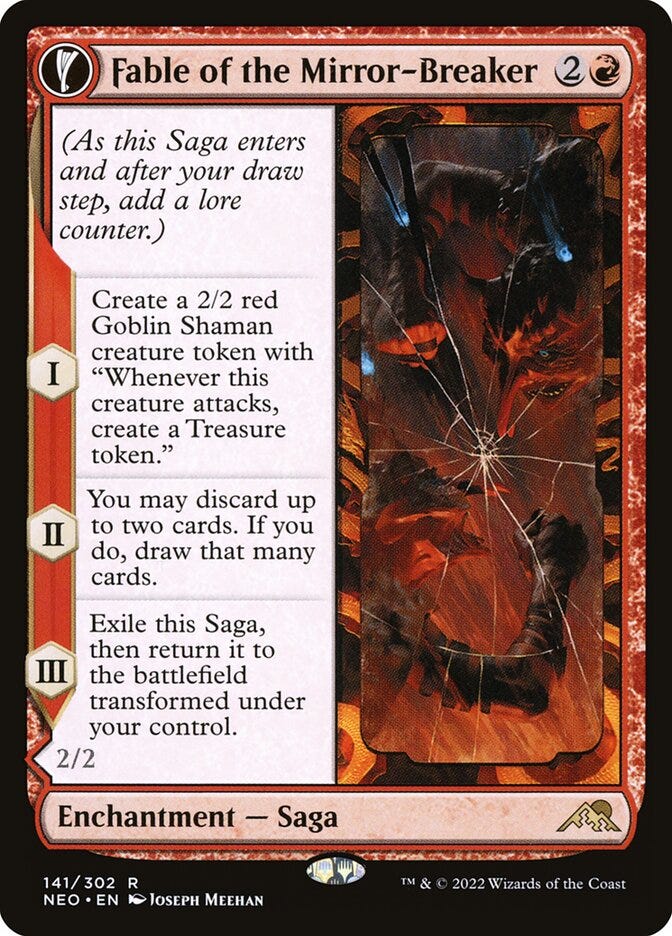

Another great article as always :) you have been spoiling us with content lately.
I kid you not, about a month before Bloomburrow dropped, I was playing this deck call "Big booty and reach" and it was playing cards like Arboreal Grazer, Elder Gargaroth, Cavilier of Thorns, Ulvenwald Hydra, and a bunch of cards like Nissa's Pilgrimage along with Ugin The Spirit Dragon and Lair of the Hydra and Sunken Citadel. The deck DESTROYED Phoenix because they actually give you quite a bit of time to ramp up. By the time they get out 1 or 2 phoenix you usually have a big 6/6 dude with reach that they then need to double spell to remove and then you just play another big dumb idiot or an Ugin and blow them out. I wanted to play blue in it and am usually afraid of going the Yorion route because I'm just not used to calculating the land needed for a deck that size and mana in general for me can be difficult to measure (not just how many but how many of which ones). As soon as I saw Fecund Greenshell,Dreamdew Entrancer and Clifftop Lookout I knew that the deck I had was in for some serious upgrades.
I know you like to attack the meta from unpredictable angles, but man would I love to see your take on Ygra. That is a deck that has seemingly dozens of ways to approach it. I have seen lists play the pretty standard shell of small cat, big cat, goose, oven, Scavenger's Talent but I've also seen these too:
Woe Strider, Experimental Confectioner, Prosperous Innkeeper, Vinereap Mentor, Trail of Crumbs, Rottenmouth Viper, Chord of Calling, Agadeem's Awakening, Stitcher's Supplier along with a bunch of grisly salvage-like effects and Mausoleum Secrets, Squirming Emergence. The deck seems crazy interesting. You can be all in game 1 to cheese people with the combo win and then side into a more steady midrange plan game 2 and 3. I know you haven't been a huge fan of Golgari because why would you play Golgari when Fable of the Mirror Breaker exists, but would now be the time for it to shine? Would love to hear your thoughts on it :)